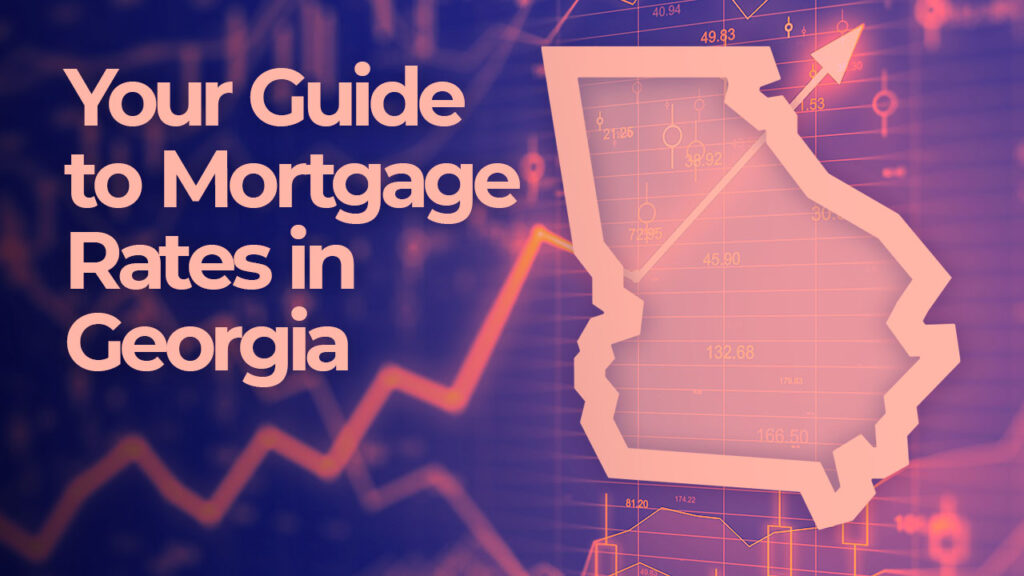The advertised interest rate on a loan or credit card is rarely the actual amount you’ll end up paying. Many factors contribute to the final cost, leading to a higher total interest than initially expected. Understanding these hidden costs is crucial to making informed financial decisions.
Understanding the Advertised Rate
The advertised interest rate, often called the Annual Percentage Rate (APR), is a starting point. However, it usually represents the minimum interest you could pay under ideal circumstances. 
Fees and Charges
Various fees can significantly impact your total cost. Origination fees, application fees, late payment fees, and over-limit fees all add to your debt burden. These are rarely included in the advertised rate, learn more about loan fees.
Annual Percentage Yield (APY)
The APY reflects the total amount you’ll earn on an investment, taking compounding into account. It differs from APR, and this difference becomes critical when comparing investment options. Investopedia’s definition of APY helps to clarify these terms.
Compound Interest
Compound interest is calculated not only on the principal amount but also on the accumulated interest. This snowball effect can make your debt grow substantially faster than you might realize. 
Variable vs. Fixed Interest Rates
Variable interest rates fluctuate based on market conditions. This means your monthly payments and total interest could change over the loan term. A fixed interest rate offers stability and predictability, but may not always have the lowest initial rate.
Credit Score Impact
Your credit score significantly influences the interest rate you qualify for. A higher credit score typically leads to a lower interest rate. Improving your credit score can lead to substantial savings over the life of a loan. Learn how to improve your credit score.
Loan Term Length
Longer loan terms typically result in lower monthly payments but higher total interest paid over the life of the loan. Shorter loan terms have higher monthly payments but lower overall interest costs. 
Prepayment Penalties
Some loans include prepayment penalties, which charge you a fee if you pay off your loan early. Be aware of these potential costs before signing any loan agreement.
Introductory Rates
Beware of introductory rates! These low rates are often temporary, after which the interest rate increases, sometimes dramatically. Understanding the terms and conditions of these rates is critical.
Inflation
Inflation erodes the purchasing power of money over time. This means the real cost of your loan, adjusted for inflation, could be higher than the nominal interest rate suggests.
Minimum Payments
Only paying the minimum payment on a credit card or loan will significantly increase the total interest paid and extend the repayment period. Aim to pay more than the minimum whenever possible.
Balloon Payments
Some loans involve a balloon payment at the end of the term, a larger final payment than the regular installments. This can cause financial hardship if not anticipated.
Debt Consolidation
Debt consolidation loans can potentially lower your monthly payments by combining multiple debts into a single loan. However, make sure to understand the terms and interest rate carefully.
Hidden Fees
Always carefully review all loan documents for any hidden fees or charges not explicitly stated in the advertised interest rate. Check your credit report.
Late Payment Fees
Late payment fees can accumulate rapidly and dramatically increase your overall interest costs. Pay on time to avoid these extra expenses.
The Fine Print
Always read the fine print! Don’t hesitate to ask questions if anything is unclear. Understanding all terms and conditions is critical to avoid unexpected costs. Consult with a financial advisor.
Conclusion
The advertised interest rate is only one piece of the puzzle. To determine your actual cost, you need to consider all fees, charges, and repayment terms. Careful research and comparison shopping are crucial for finding the best loan or credit card options.
Frequently Asked Questions
What is the difference between APR and APY? The APR is the annual interest rate without compounding, while the APY includes the effect of compounding.
How can I reduce my overall interest payments? Pay more than the minimum payment, shop around for the best rates, and maintain a good credit score.
What should I do if I’m struggling to make payments? Contact your lender immediately to discuss potential solutions and explore options such as refinancing or debt management plans.
What are some red flags to watch out for in loan agreements? Prepayment penalties, hidden fees, and extremely low introductory rates that drastically increase.
Where can I get more information about financial literacy? Consider resources like the Consumer Financial Protection Bureau website or our financial literacy resources.


